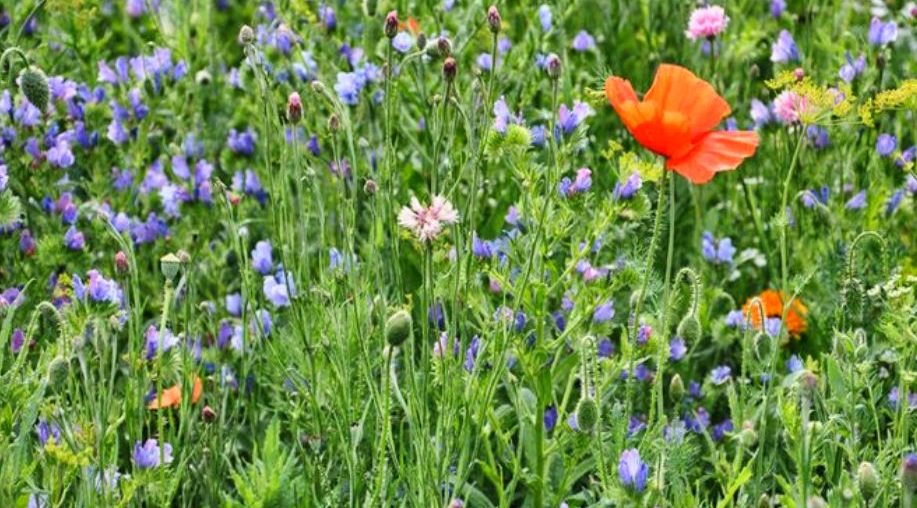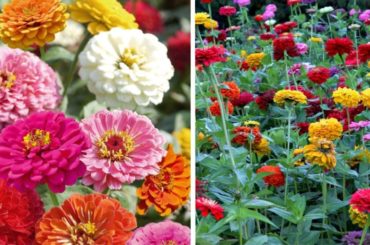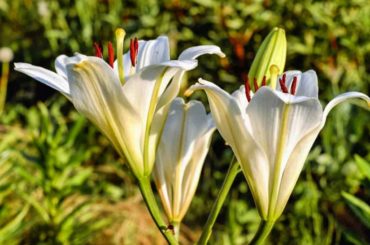
Borage (borago officinalis)
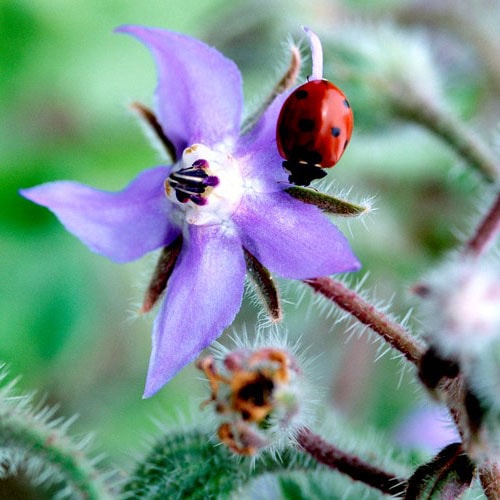
Borage is actually a downy-looking grass that blooms between April and August. Its trumpet-shaped flower is of a pretty delicate hue oscillating between pale blue and violet. It can reach 60 cm in height. It also exists in white or pink flowers.
Edible, it can bring a surprisingly tasty iodized taste that pleasantly scents your dishes, especially since it is slightly crunchy.
It has some interesting virtues since it is rich in omega 6 and it promotes intestinal transit. In addition, gardeners love it because it keeps slugs away from plantations and crops.
Wild chicory (intybus cichorium)
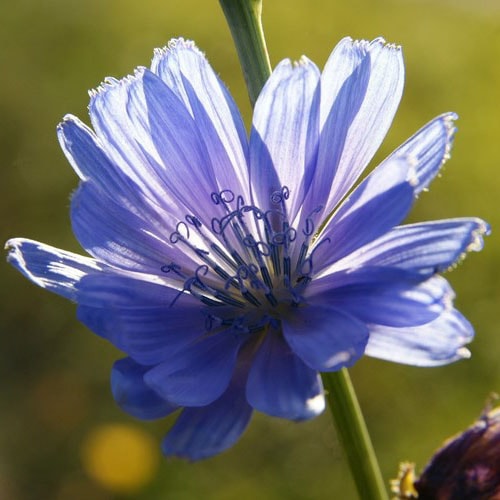
This beautiful wild plant adorns the edges of roads and paths from May to September. Its blue flowers on stems 60 cm high bring color all delicacy. Its dandelion-like foliage is edible, but it has a very pronounced bitterness.
The curly salads, chicory, endives and capuchin beard are also from this plant. It is also from its roots that comes chicory that can be mixed with morning coffee.
It has certain medicinal properties: it is laxative, depurative and stomachic.
Blueberry (Cyanus segetum Hill)
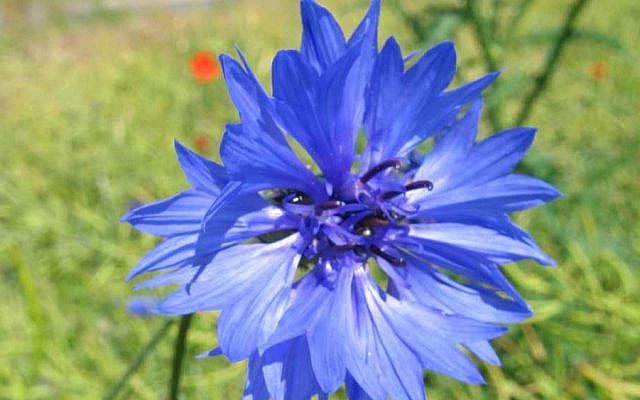
This beautiful blue flower loved to hatch and flourish in the fields of corn and cereals in general. Unfortunately we see it less and less in modern cultures. She is often nicknamed Barbeau or Fleur de Zacharie.
She is the best friend of tired eyes and conjunctivitis that soothes. It is also a strong flower symbolic, it is worn in the buttonhole by veterans.
The poppy (papaver rhoas)
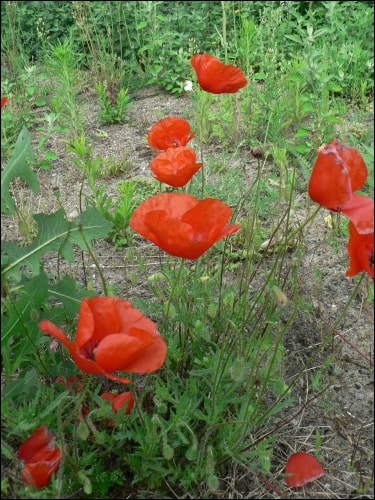
The poppy blooms in the spring. If it is best known for its bright red hue, it also exists in white, pink and orange. It is seen everywhere on the roadside or in the fields, but it is also pleasing in the gardens. If it is toxic to livestock, it is also very aesthetic, because it brings a colorful note much appreciated. It flourishes on clean and rich soils. It squeezes itself very easily and is also called punch, poppy or wild.
It is used in the composition of certain drugs because of the alkaloids with narcotic virtues that it contains.
The nigella of Damascus (nigella damascena)
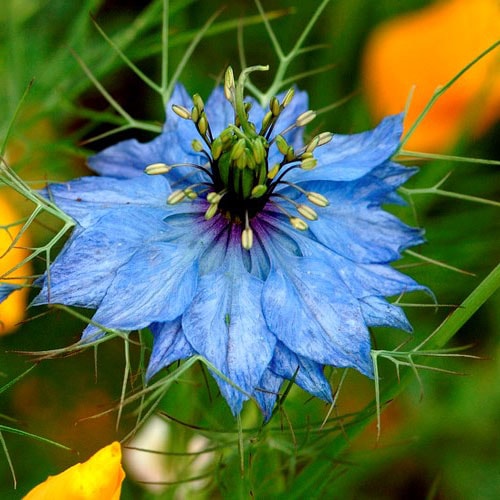
This flower, you will see it most often along the barriers or fences. Depending on the variety, they can reach heights of 25 to 50 cm. If it is often blue, this flower can be pink or white. It is an annual plant found in gardens to give life to your beds. The graphic form of its leaves, flowers and fruits is very attractive. Very resistant, it easily squeezes itself from one year to another.
Its seeds are useful in the manufacture of essential oils because they are rich in alkaloids.
Honeysuckle (Lonicera)
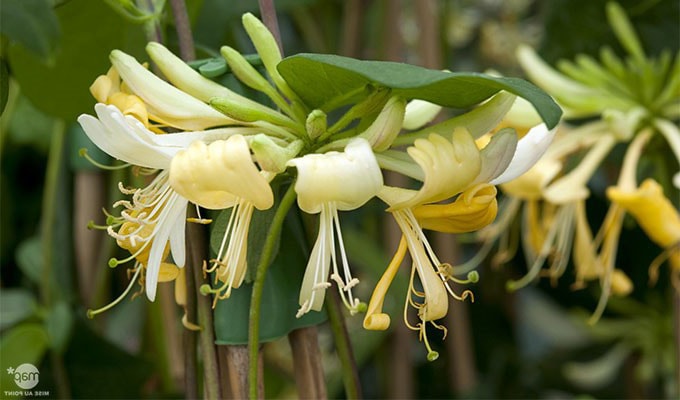
This flower grows on voluble and climbing bushes. She usually likes shade and half-shade, which is why she is especially present in the forest or at the edge of shady paths. Honeysuckle blooms in the late spring. It can be presented in several colors: pink, white, yellow … Its very refined flower and its sweet perfume enchant our senses.
The mallow (Malva sylvestris)
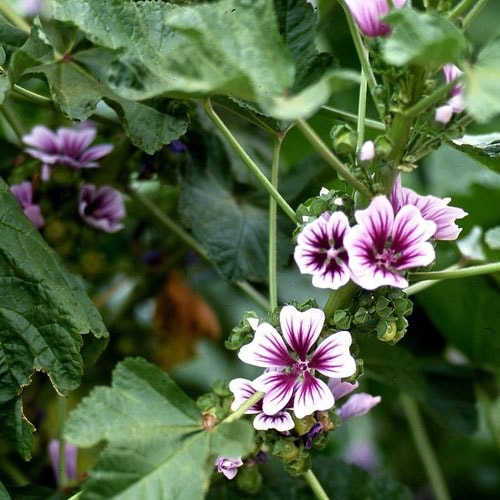
The mauve flourishes in the embankments and walls, it can be around 80 cm in height. It can also grow easily in the garden, or in pots on a terrace. It flowers between June and September and for several weeks. It is sometimes called wild mallow, large purple or wild sylvan. Its flowers are beautifully colored from pale pink to purple. She loves the sun.
It has some medicinal virtues and in particular on the respiratory tract thanks to its softening properties. It promotes good digestion and can relieve inflammation after a fracture or phlebitis.
Dandelion (Taraxacum officinale)
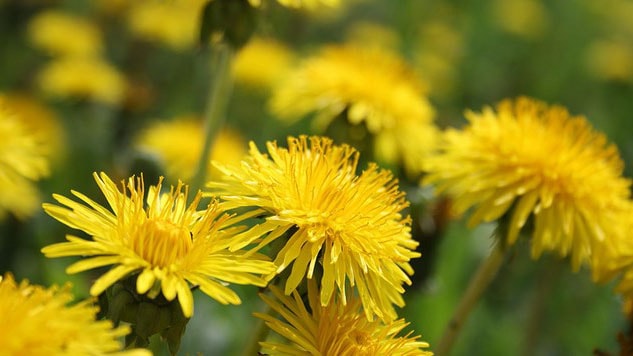 The dandelion leaf is picked when she still young to make good salads. The budded flowers are kept in vinegar with added salt to be tasted as a condiment or used to make wine.
The dandelion leaf is picked when she still young to make good salads. The budded flowers are kept in vinegar with added salt to be tasted as a condiment or used to make wine.
It is also useful for these medicinal properties and especially in the context of hepatitis or loss of appetite.
The daisy (bellis perennis)
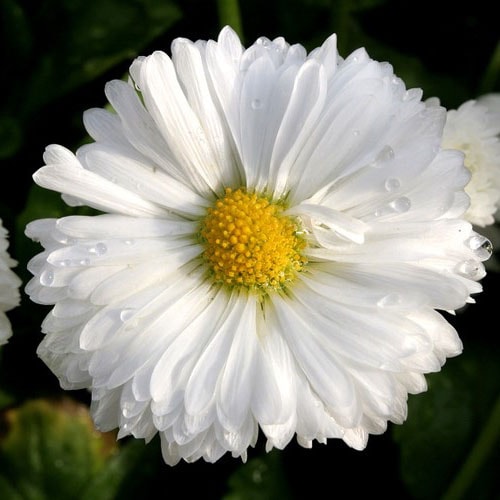
This plant is one of the symbols that announce the arrival of spring. Perennial, it gives flowers from February until November. Its white flower is illuminated by a bright yellow heart. She likes full sun and shade, but she prefers short grass. His learned name literally means eternal beauty. It closes when it rains or when night falls, and as soon as the sun rises it can be seen to reopen. It grows almost everywhere and is found even at 2,000 meters altitude. It is robust and rustic.
It has the property to fight against hypertension, and it is used for this virtue in herbal medicine.
>> To read also: 30 spring flowers: the most beautiful!
The golden button (ranunculus repens)
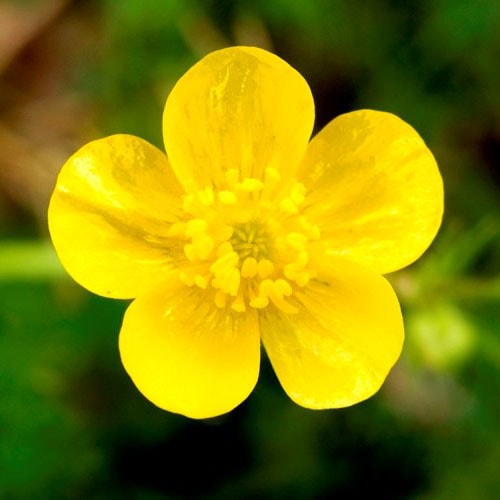
The golden knob is a bright yellow flower that brings color to meadows and grass between May and October. This creeping plant grows everywhere because it adapts to all soils, it can even be quite invasive. In the garden, when there is too much, you have to tear them manually when you want to get rid of them.
If this flower is very pretty, its sap is toxic when it is freshly picked. Once the plant is faded or dried, its toxicity is no longer present. In the meadows, the animals do not eat it knowing that it would not be good for them.
The fumitory (fumaria officinalis)
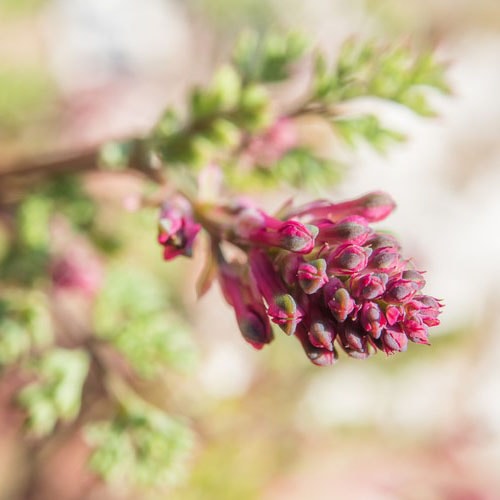
The fumitory is in the form of a long spike plant. It can reach 1 meter high during the bloom that extends from April to mid-summer. It flowers abundantly and these flowers are usually of a hue that varies from pink to purple. She likes the sun, requires little maintenance and therefore flourishes in the wastelands and fields. It is said that his name comes from "earth smoke" and that, because his juice would make the eyes cry like the fire.
Since antiquity, it has been used in pharmacology for its virtues: it helps fight against migraines, liver problems and skin diseases.
The cosmos (cosmos)
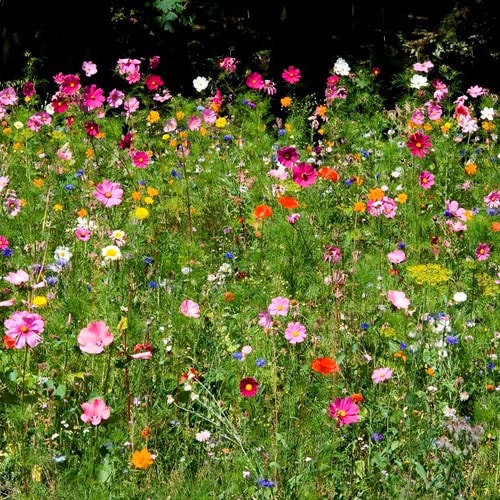
We find the cosmos in the meadows or fields to which this plant brings joyful colors. It is very robust and blooms for a long time, from the end of spring to the first frosts. She is of Mexican origin. It presents bright and varied colors: red, white, purple, pink, orange and even two-tone. It is light and elegant and it can also grow in the garden, in pot or tray. She enjoys the sun and can reach up to 120 cm in height.
It has a quality that is not negligible, this plant attracts many insects and especially butterflies and bees, so in the city can be seen in balcony. The birds feed on their seeds.
Wild chamomile (Matricaria chamomilla)
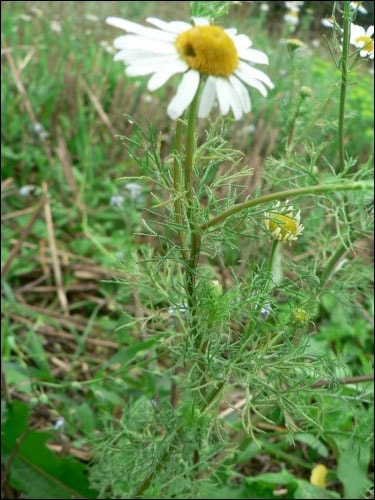
This plant is found only in plain areas, roads and rubble, but also in crops. It usually has a height of 15 to 30 cm, it has an erect stem with many branches. It flowers from May to October, it is an annual plant. The flower is not unlike the daisy and it gives off a strong smell. Its fruits are very small, smooth and yellowish.
It has medicinal properties and it is used against insomnia, painful periods, fever, migraines and difficult digestion infusion. O also extracts an oil to fight against gout, rheumatism and cramps. In decoction, it helps to treat conjunctivitis and skin diseases.
You can also make chamomile wine with its flowers.
Comfrey (Symphytum officinale L)
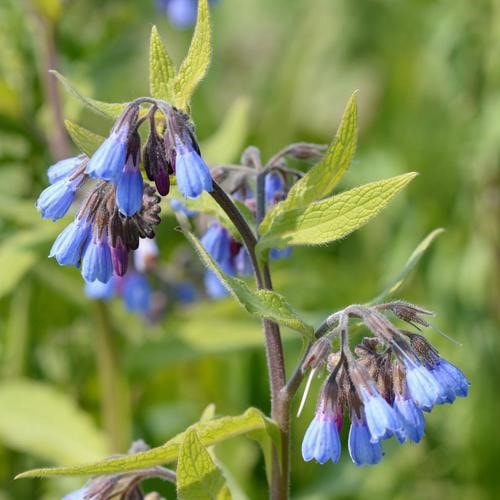 © free photos CC BY 2.0 – Flickr
© free photos CC BY 2.0 – FlickrThis plant grows very well at the edge of streams, in clearings or meadows. It is common in plain, but rare in the south of France. It can reach 80 cm in height, its stem is covered with rough hairs, angular and hollow. The leaves are hairy below and elongated. The corolla flower is usually purplish-red or white-yellow. It has very dense bouquets that are inclined at the end of the stem.
It is a medicinal plant that fights against bronchitis, stomach ulcers, but also against burns, bruises and cuts. It comes in the composition of many remedies.
Crocus (crocus vernus)
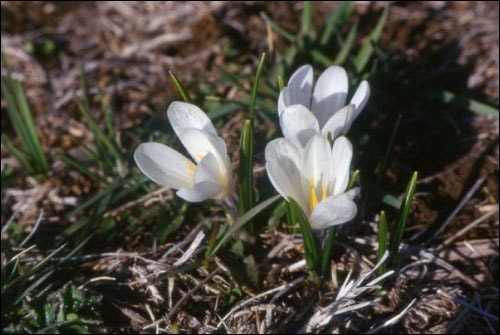
Crocus is a perennial plant that is relatively absent and found in mountain meadows and lawns, at an altitude of between 700 and 2,000 meters. Its name comes from the Greek crokas which means saffron. It flowers in the spring as soon as the snow melts, this bloom extends from February to April. She gives leaves and flowers at the same time. The flowers can take different hues.
Cirse (Cirsium)
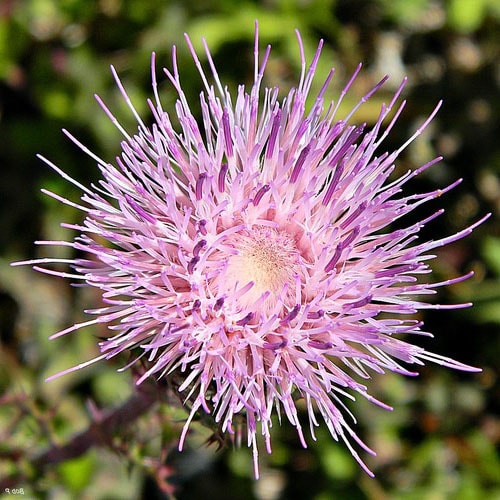
The cirse comes in different forms: the acaule cirse which is a plant with a reduced stem that likes wasteland, hillsides and dry lawns and Montpellier so called cirse. The latter is particularly popular in Mediterranean swamps and streams. It measures between 30 cm and 1.50 meter. Its leaves are glabrous, edged with yellowish eyelashes. Its flowers evoke the thistle by their appearance. It gives many purple or pink flower heads during the summer season. She is beautiful in bouquets for its graphic and modern look.
Autumnal crocus (Colchicum autumnale L)
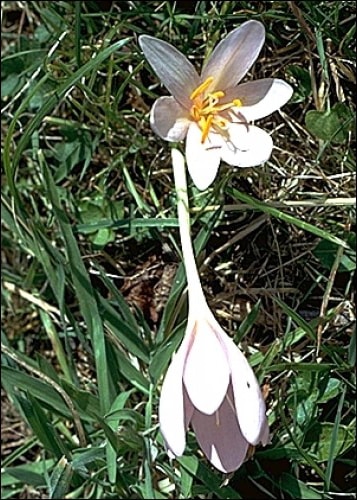
This very perennial plant grows very well in the undergrowth, lawns and rock gardens in autumn. The flower blooms at the end of the leafless stem from a tuber. Once the flower is faded, the tuber and ovary overwinter underground in a vegetative state. In spring, the stem extends and the fruit appears on the surface of the earth, this time accompanied by long leaves. It is in the form of an elongate capsule.
It is used in medicine against gout, analgesic and anti-inflammatory. It is a toxic plant because of colchicine (used in medicine) contained in its seeds and bulbs. It can cause very serious nervous disorders and cause death. It is also dangerous for livestock.
Tuberous Gess (Lathyrus tuberosus L)

It is a very common species that is commonly found in alluvial deposits, vineyards and fields. It's a little cousin of sweet pea. Its very pretty bright pink flower gives off a very pleasant scent. It grows in summer and you can even find it in your garden or your garden to which it brings a small colorful and original note. The white flesh in the tubers is slightly sweet and is reminiscent of chestnuts and nuts.
Field Mustard (Sinapis arvensis L)
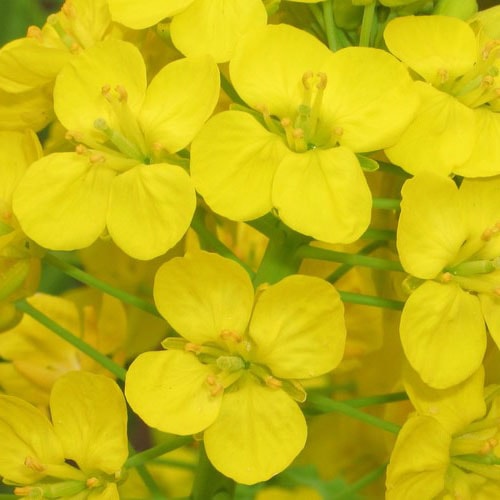
Wild mustard is a plant that can grow from 25 to 60 cm and that between May and September produces bright yellow flowers. The fruit is in the form of a dented silique, separated from the flower stems. It grows in large numbers on vacant lots, roadsides; cereal crops, mostly in the lowlands, but can be found up to 1,500 meters.
This ancient medicinal plant was often used to prepare poultices. She was very effective in treating bronchitis and tonsillitis.
The leaves when cooked are a little reminiscent of the spinach flavor.
Yarrow (Achillea millefolium)
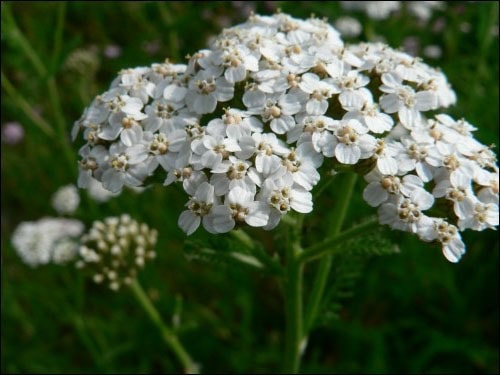
This perennial plant can reach up to 50 cm in height. It flourishes in meadows, paths, rock gardens, wastelands and railways and at all altitudes. Its stem is hairy, fluted and gives off a camphorous smell. It has very dense foliage and many branches. These pretty bouquet flowers are white and sometimes slightly pinkish. It flowers between May and November. His name comes from the Greek Achilles who, having been injured, discovered on this occasion, the virtues of this one on healing. That's why it's also called soldier's grass or cut grass.
It has medicinal properties and in particular, it can help healing. It is also haemostatic and stimulating.
You will like also :


